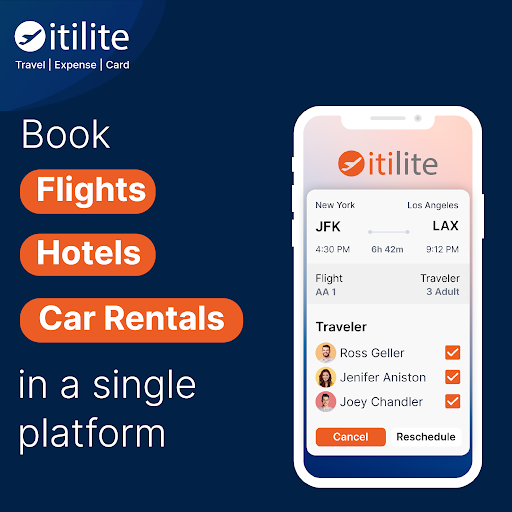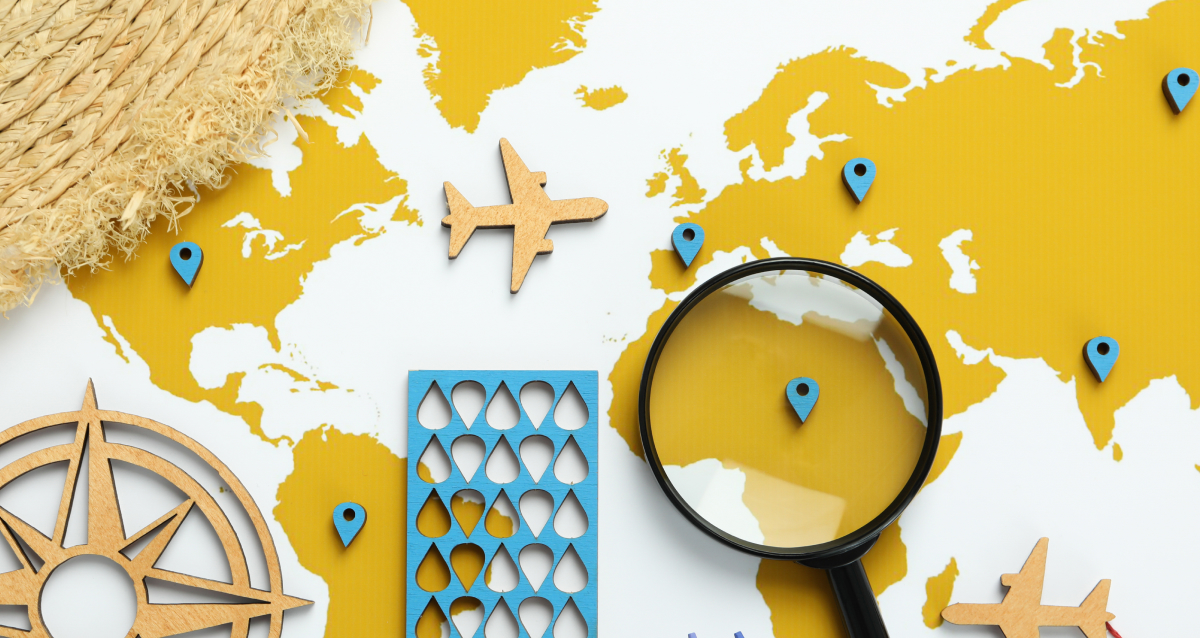
Managing business travel expenses can be overwhelming, especially when travel managers juggle multiple tasks simultaneously. Without a clear structure, costs can quickly spiral out of control, making tracking expenses a stressful task rather than a manageable process. This is where a business travel budget template becomes invaluable.
Creating an effective corporate travel budget template is essential for travel managers. With the right features, you can ensure that each trip stays within budget. You also meet company guidelines and provide a smooth travel experience for employees. A well-structured template helps you track and analyze expenses. It allows you to make data-driven decisions that ultimately save your company money.
Every travel manager should include the top five features in their travel budget template.
Features to Include in Business Travel Budget Template
1. Clear Expense Categories
The first essential feature in any travel budget template is well-defined expense categories. Breaking down expenses by category allows you to organize costs and provides clear guidelines for employees on where they can allocate their travel budget. Common categories include:
- Flights: Costs for airfare, taxes, baggage fees, and any related charges.
- Accommodation: Hotel rates, service fees, and any additional lodging expenses.
- Meals: Food and beverage allowances, whether reimbursed or covered by per diems.
- Ground Transportation: Costs for taxis, car rentals, public transit, and other local travel.
- Incidentals: Additional expenses like laundry, parking fees, and tips.
Including these categories helps everyone understand where funds should go and simplifies tracking. Employees know what types of expenses are permissible, and you can monitor spending by each category to find areas for cost-saving.
2. Travel Dates and Duration
Knowing the exact travel dates and duration is critical for accurate budgeting. Documenting this data allows you to predict the total costs more precisely in the business travel budget template.
For example, if an employee’s trip lasts seven days, you can calculate exact costs in the corporate travel budget template based on this timeframe. Expenses can quickly spiral out of control without precise dates, especially if there are last-minute itinerary changes.
Including travel dates also helps forecast and track costs associated with peak seasons, weekend stays, or holidays, which can all affect the total budget.
3. Per Diem Rates or Daily Allowances
Setting per diem rates or daily allowances for meals, incidentals, and other minor expenses is one of the simplest ways to manage travel costs. This feature establishes a clear daily spending cap for employees, making it easier for them to understand what’s covered and ensuring they stay within budget.
Per diem rates vary depending on the destination, so you may need to adjust them based on the specific location. For instance, trips to major cities like New York or London may require higher per diem than those to smaller towns. Having these predefined allowances prevents overspending in high-cost areas, reducing the risk of budget overruns.
Using per diems makes the budgeting process more consistent and predictable, as employees have a fixed amount to work with, removing the need for constant expense approvals.
4. Pre-Trip Approval and Estimated Costs
Adding a pre-trip approval section with estimated costs allows you to assess the financial impact of each trip before any money is spent. By outlining estimated expenses, you can see the tentative sum in the business travel budget template. Hence, approve trips based on actual needs.
Pre-trip approval offers a chance to evaluate if the trip aligns with the company’s goals and if a virtual meeting could be an alternative. It’s a proactive step that gives you control over expenses by identifying any unnecessary costs before they’re incurred.
For employees, this section adds transparency, ensuring they have realistic expectations about trip expenses. They’ll also be less likely to spend beyond the limits set in their estimated budget, making it easier for them to follow company guidelines.
5. Post-Trip Expense Tracking and Reporting
While pre-trip planning is essential, post-trip expense tracking and reporting are just as crucial. This feature allows you to compare actual spending against the estimated budget, which helps identify patterns in over- or under-spending.
In the post-trip section, employees can input their final expenses under each category, and any discrepancies from the initial budget will be clear. For instance, if hotel costs consistently exceed the estimated budget, you may need to adjust your business travel budget template’s limits.
This tracking feature helps identify potential areas for cost-cutting and provides valuable insights into common spending patterns. You can also use this data to improve the budgeting process for future trips, creating more accurate forecasts and expense limits.
Benefits of a Well-Designed Corporate Travel Budget Template
Including these five features in your travel budget template does more than keep costs in line. A well-designed template enhances compliance with company policies, simplifies expense tracking, and ensures that both you and the traveling employees have a smoother experience.
A structured business travel budget template also ensures that budgeting becomes a streamlined process rather than an afterthought. This saves time, reduces manual work, and improves the accuracy of your financial records. As a result, your organization can allocate resources more effectively and ultimately reduce overall travel costs.
How itilite Can Support Your Travel Budgeting Needs?
If managing travel budgets manually is time-consuming, an automated solution like itilite can make a big difference. itilite helps you streamline the budgeting process with features like:
- Automated Expense Tracking : itilite lets employees log expenses in real-time, reducing the need for tedious manual entry and ensuring accuracy.
- Pre-Trip Approvals : Easily review and approve estimated trip costs, keeping travel plans within budget before they start.
- Advanced Analytics and Reports : itilite provides data on spending patterns, making it easy to identify areas for improvement and make data-driven decisions.
Integrating itilite can create a more efficient, transparent, and cost-effective travel budgeting process, helping your team and your organization achieve financial goals.
Book a free demo with us to know more!














 and then
and then